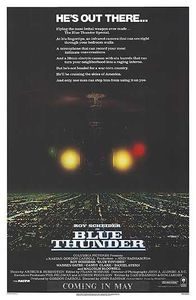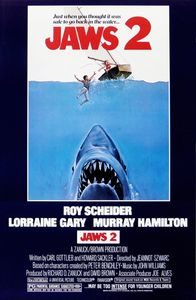2010: The Year We Make Contact (1984)
(On Cable TV, June 2019) The most common criticisms of 2010: The Year We Make Contact usually compare it to its illustrious predecessor and find it wanting. This, of course, is damning a film with excessive expectations: While 2010 is no transcendental experience like 2001: A Space Odyssey was, it’s a terrific science-fiction adventure with one heck of a send-off. It has the joy of the kind of nuts-and-bolts hard Science Fiction that I used to read by the truckload a decade or two ago—starting with the Arthur C. Clarke novel from which the film is adapted. Even the mid-1980s visual sheen to the film, grimy and realistic in the tradition of somewhat realistic Science Fiction, is a welcome sight. The plot takes a while to get going and usually operates at half-speed, but it does blend a delicious mixture of mystery, suspense, Cold War stakes and mind-blowing concepts. I particularly enjoyed the suspenseful sequence midway through in which two astronauts board the deserted Odyssey from the first film, their breathing setting the pacing of the action. The special effects are still good, even incorporating early photorealistic CGI in portraying the transforming Jupiter. The lead cast is star-studded, from Roy Scheider as the protagonist scientist, Bob Balaban as an AI expert of dubious loyalties, John Lithgow as an engineer pressed into service as a space traveller, and the timelessly beautiful Helen Mirren as a Soviet commanding officer. Writer-director Peter Hyams is near the top of his filmography here, keeping action going at a slow burn. The film’s science is not bad at a few gravity-related exceptions, but then again those effects were nearly impossible to do convincingly in a pre-CGI era. All in all, I really enjoyed 2010—it’s not 2001, but then again only one movie is 2001. This is an entirely acceptable follow-up, and a solid space adventure in its own right. There are even no less than two Arthur C. Clarke cameos!


